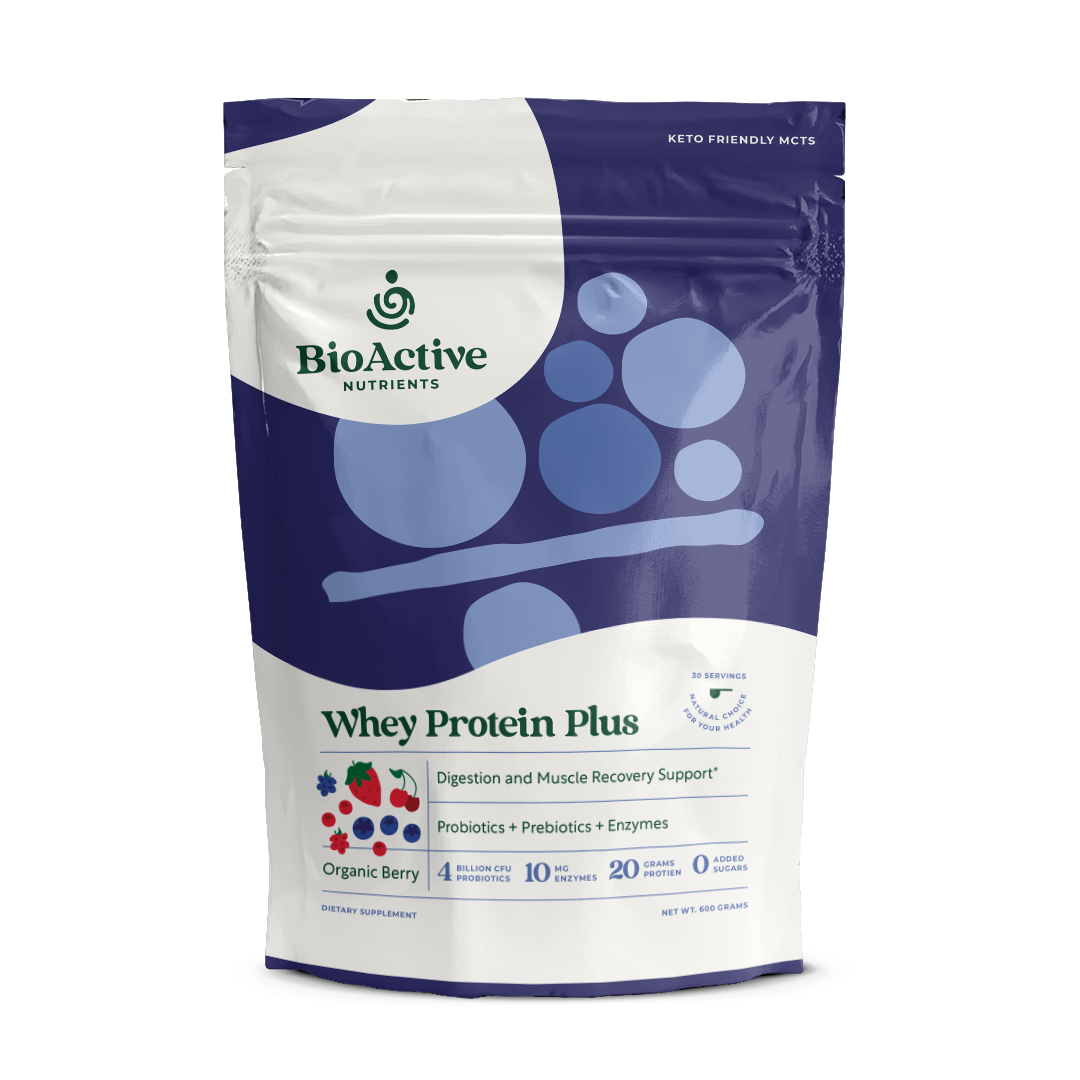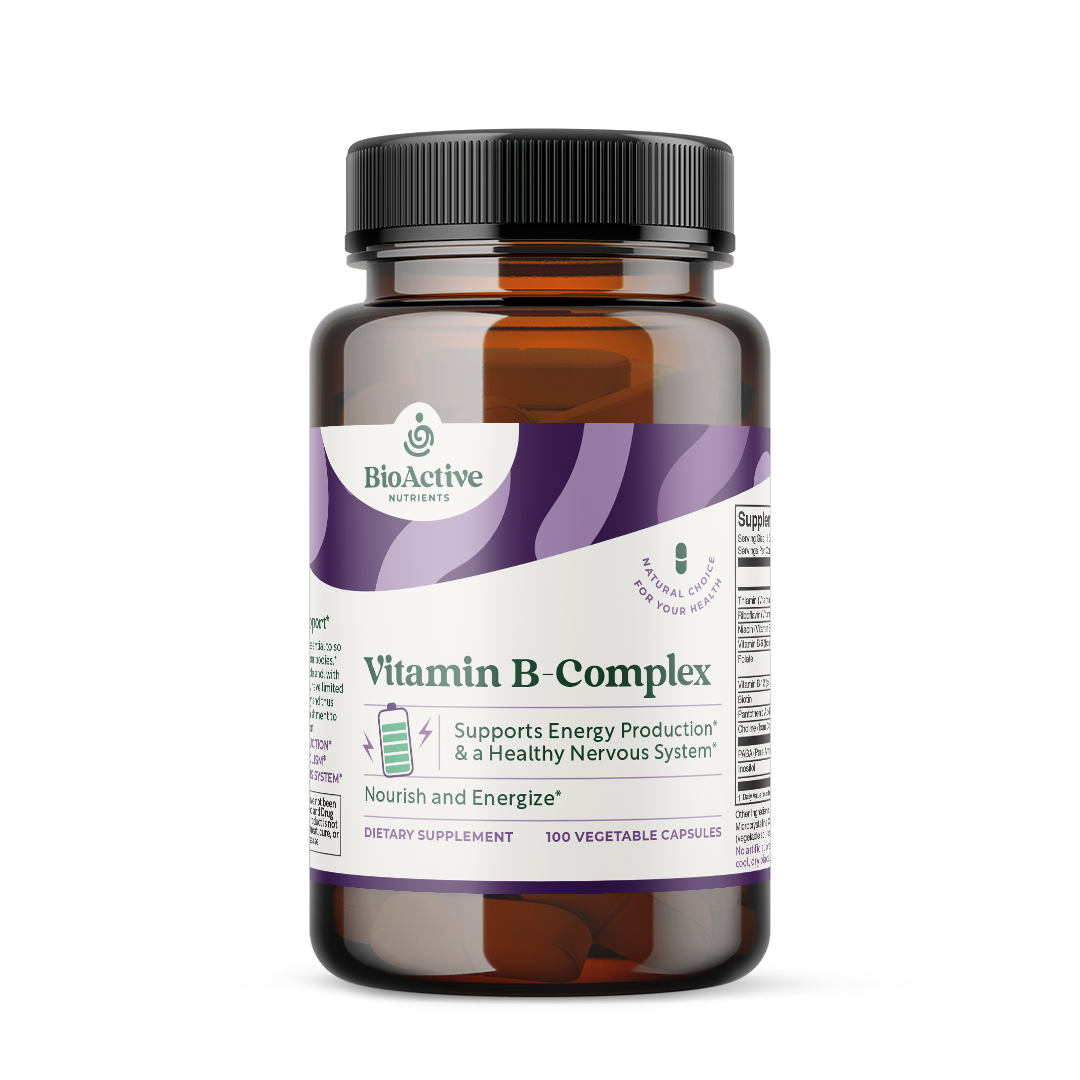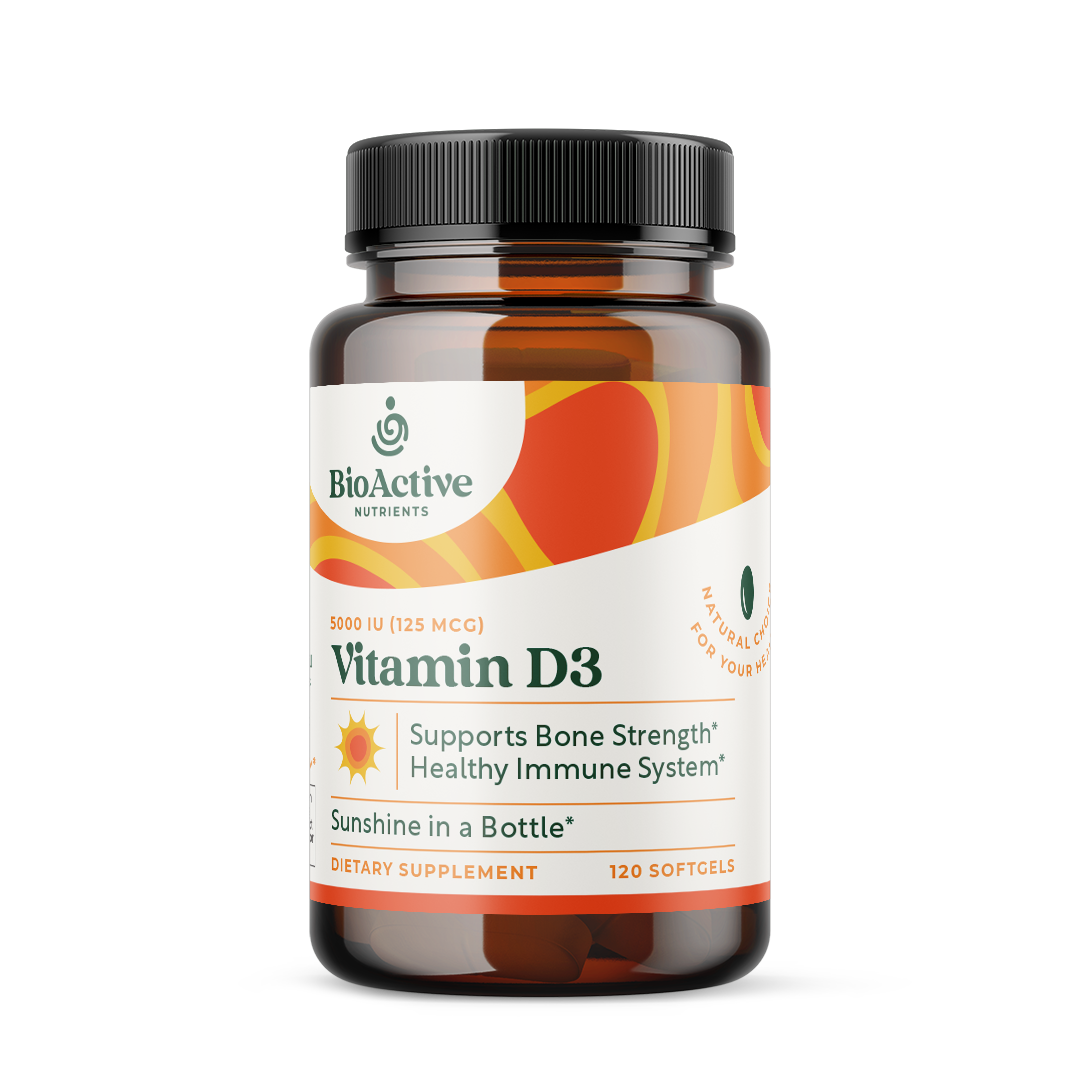If you or someone you know is on Medicare, you might have heard about the changes taking place this year. But first, let’s take a dive into what Medicare is.
What is Medicare?
Medicare is a federal health insurance that is offered to adults who are 65 or older. There are four main parts to the insurance program which include: ¹
-
Part A – covers inpatient care in hospitals, skilled nursing facilities, and home healthcare
-
Part B – covers outpatient care like diagnosis and treatment at a doctor’s office, and preventive services like vaccines and wellness visits
-
Part C – also known as Medicare Advantage, a bundled plan that includes parts A, B, and sometimes D
-
Part D – covers prescription medications
Seniors become eligible for Medicare 3 months before their 65th birthday and have up to 3 months after their 65th birthday to enroll. There are some special cases where individuals will automatically be enrolled into Part A and Part B, for example, if they are already getting benefits from Social Security or the Railroad Retirement Board. ² During the initial enrollment period, seniors can choose a plan that best fits their needs for that time being.
Each year, those who are already enrolled in a plan can make changes to their current plan during a time period called Open Enrollment. During this time between October 15 and December 7, it is important to review your current plan, current medications, and evaluate other plan options to see if you can find better coverage or even save money. ³ Remember, if your plan works for you now, that doesn’t necessarily mean it will work for you next year.
New Changes to Medicare
Beginning this year in 2025, there are seven big changes to Medicare that you need to be aware of.
1. Prescription Spending Cap.
For the first time in history, Medicare Part D and drug coverage in Medicare Advantage plans will have a cap on out-of-pocket spending for prescription drugs of $2,000. This cap includes deductibles, copayments, and coinsurance for covered drugs. It does not apply to premiums or to drugs a plan doesn’t cover. ⁴
2. No Part-D “Donut Hole”
A major change to Medicare is the removal of coverage gap, often called the “donut hole.” Before 2025, coverage had four phases that included deductible, initial coverage, coverage gap, and catastrophic coverage. The deductible coverage phase meant you had to pay the full cost of your drugs until you met your deductible up to $545, then pay copayments until you and your plan spend $5,030 on covered medications bringing you into the donut hole. In the donut hole, plans pay less for drugs, especially brand-names, and you may pay more out-of-pocket for the same meds than in the initial coverage phase. Catastrophic coverage did not begin until $8,000 was reached. ⁴
However, in 2025, the deductible for Part D plans can be up to $590, then you will pay copayments out-of-pocket for medications until the $2,000 cap is reached. ⁴ Once this cap is reached, you enter the catastrophic coverage where the plan pays the entirety of covered prescriptions for the remainder of the year, meaning you pay nothing.
3. Weight Loss Drugs
Drugs prescribed specifically for weight loss are prohibited from being covered by Medicare. However, Part D plans can cover popular weight loss drugs if they are prescribed for other purposes like Ozempic and Mounjaro for type 2 diabetes. ⁴ Another popular approved drug is Wegovy prescribed to those with cardiovascular disease who are also overweight. According to Diane Omdahl, it is estimated that those with obesity or who are overweight could be eligible for Wegovy to help reduce the risk of serious heart disease. ⁴ This drug is likely to come at a high cost, but with the new $2,000 cap, those on Part D will greatly benefit.
4. Medicare Advantage Coverage
In 2025, Medicare Advantage plans may make changes to help cover their additional expenses. These changes may include changes to the formulary (the list of covered drugs), reduce out-of-pocket maximums, increase coinsurance, or reduce extra benefits. ⁴ As an example, if you have a dental benefit, it may be less generous than it has been in the past.
5. Midyear Medicare Advantage Plan Statement
If you selected a Medicare Advantage plan, you will receive a midyear statement that shows available benefits that have not yet been used. Plans are required to send these statements to ensure enrollees are using their plan to the fullest extent possible.
6. Caregiver Services Expansion
The program for patients with dementia and their caregivers, called Guiding an Improved Dementia Experience (GUIDE), will be serving more of the country this year than it did in 2024. This program provides: ⁴
-
24/7 support
-
Care navigator to find medical services & assistance
-
Caregiver training
-
Up to $2,500 a year for at home, overnight, or adult day-care respite services.
GUIDE began with 96 initial organizations, and in July of this year, 294 more will join. These organizations include academic medical centers, hospitals, small and large group practices, and community-based organizations already providing programs for dementia patients. For a participant to qualify for the GUIDE program, they must be enrolled in Original Medicare and have a dementia diagnosis. Those in hospice or nursing homes are not eligible. ⁴
7. More Mental Health Providers
As of 2022, only 20 percent of adults 65 and older reported they used mental health services. However, if additional access to these services were available, those numbers may be affected. Mental health counselors, marriage and family therapists, or addiction counselors were unable to bill Medicare before 2024, because they were not allowed to enroll as Medicare providers. Now, more than 400,000 behavioral health clinicians nationwide are eligible to enroll in the Medicare program, including telehealth providers. ⁴
As you look back on the past year and onto this year, it is crucial to fully understand your Medicare plan. You can find and compare health and drug plans on the Medicare website, medicare.gov/plan-compare, or you can sit down with your trusted pharmacist who knows your health concerns and current medications. It is also a good idea to review all your medications at least once a year, or when you get a new prescription.
If you would like to have an in-depth conversation about Medicare, we encourage you to reach out to Senior ChoiceRx, our preferred Medicare insurance agency.
Sources
1. https://www.medicalnewstoday.com/articles/medicare-advantage-part-d-2025-changes-costs
2. https://www.medicare.gov/publications/11220-your-yearly-medicare-review.pdf
3. https://www.medicare.gov/publications/10050-medicare-and-you.pdf



